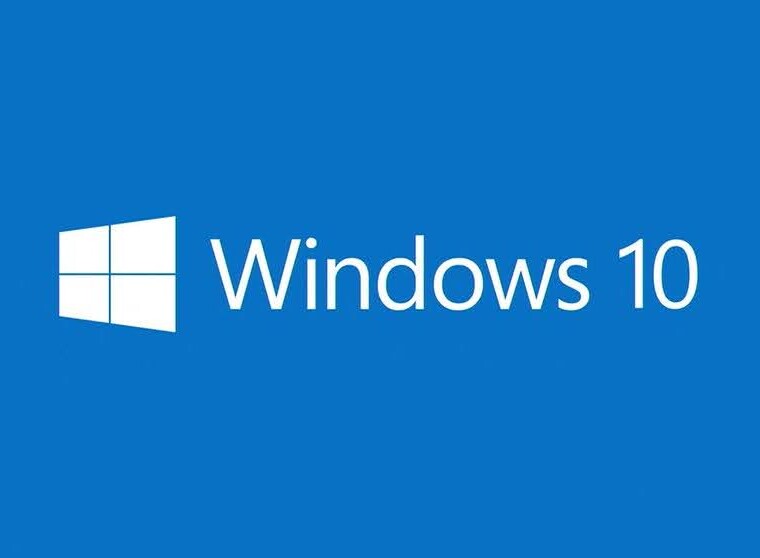If you have worked in a large company or corporation, you have most likely heard of a proxy server and knew that without it, you would not be able to access websites and services outside your company network. Or maybe you have heard that proxies can help you bypass web filters or allow you to browse the Internet anonymously or as if from another country on your personal device.
What is a Proxy Server, and Why is it Useful?
A proxy server acts as an intermediary between your device and the Internet. When you visit a website using a proxy, your request is first sent to the proxy server, which then forwards it to the website. The response from the website is then sent back to the proxy server, which, in turn, sends it to you. This process allows proxy servers to enhance security, improve network speed, control internet usage, and provide access to blocked resources, among other benefits.
What Devices Support Proxy Configuration?
Almost all internet-connected devices support proxy configuration to some extent. However, some operating systems offer more robust support and configuration options than others.
- Windows 10: Offers extensive options for both automatic and manual proxy configurations.
- macOS: Provides solid support for setting up proxies with detailed customization.
- Linux: Known for flexibility and powerful command-line tools for proxy configuration.
- Chrome OS and Android: Offer good options for both automatic and manual setups.
- iOS: Provides basic proxy settings, though somewhat limited compared to desktop OS.
- Amazon Fire TV: Generally has the least support for proxy configurations.
What is a Windows 10 Proxy?
Windows 10 is a versatile operating system with built-in support for proxy servers. This capability allows users to enhance their online privacy, improve security, and access geo-restricted content easily.

Here’s why Windows 10 stands out for proxy server usage:
Easy Configuration
Setting up a windows 10 proxy is straightforward. Users can configure proxies through the Settings app under the “Network & Internet” section, where both automatic and manual proxy setups are supported. This flexibility ensures that users can easily integrate proxies into their network configurations.
Benefits of Using a Proxy on Windows 10
- Enhanced Privacy: Proxies help hide your IP address, making your online activities more anonymous and secure.
- Security: By acting as a middleman, proxies can filter out malicious content and protect against various online threats.
- Access to Restricted Content: Proxies can bypass geo-restrictions, allowing access to content available only in certain regions.

- Improved Network Performance: Proxies can cache frequently accessed content, reducing load times and saving bandwidth.
Comparing Windows 10 with Other Operating Systems
While Windows 10 offers robust proxy support, it’s useful to understand how it compares with other operating systems:
- Linux: Known for its flexibility, Linux supports a wide range of proxy configurations through both graphical interfaces and command-line tools. Distributions like Debian and Ubuntu provide solid stability and security features.
- macOS: Offers user-friendly proxy configuration options within the system preferences. It’s suitable for users who need a straightforward setup with solid performance.
- Chrome OS and Android: Provide decent proxy configuration capabilities, especially useful for users within the Google ecosystem.
- iOS: Limited compared to desktop OS but sufficient for basic proxy needs.
Conclusion
Choosing Windows 10 for your proxy server setup brings several advantages, including easy configuration, enhanced privacy, and improved network performance. Whether for personal use, business, or accessing restricted content, Windows 10’s comprehensive proxy support makes it a top choice. However, depending on your specific needs, other operating systems like Linux and macOS may also offer suitable solutions.
